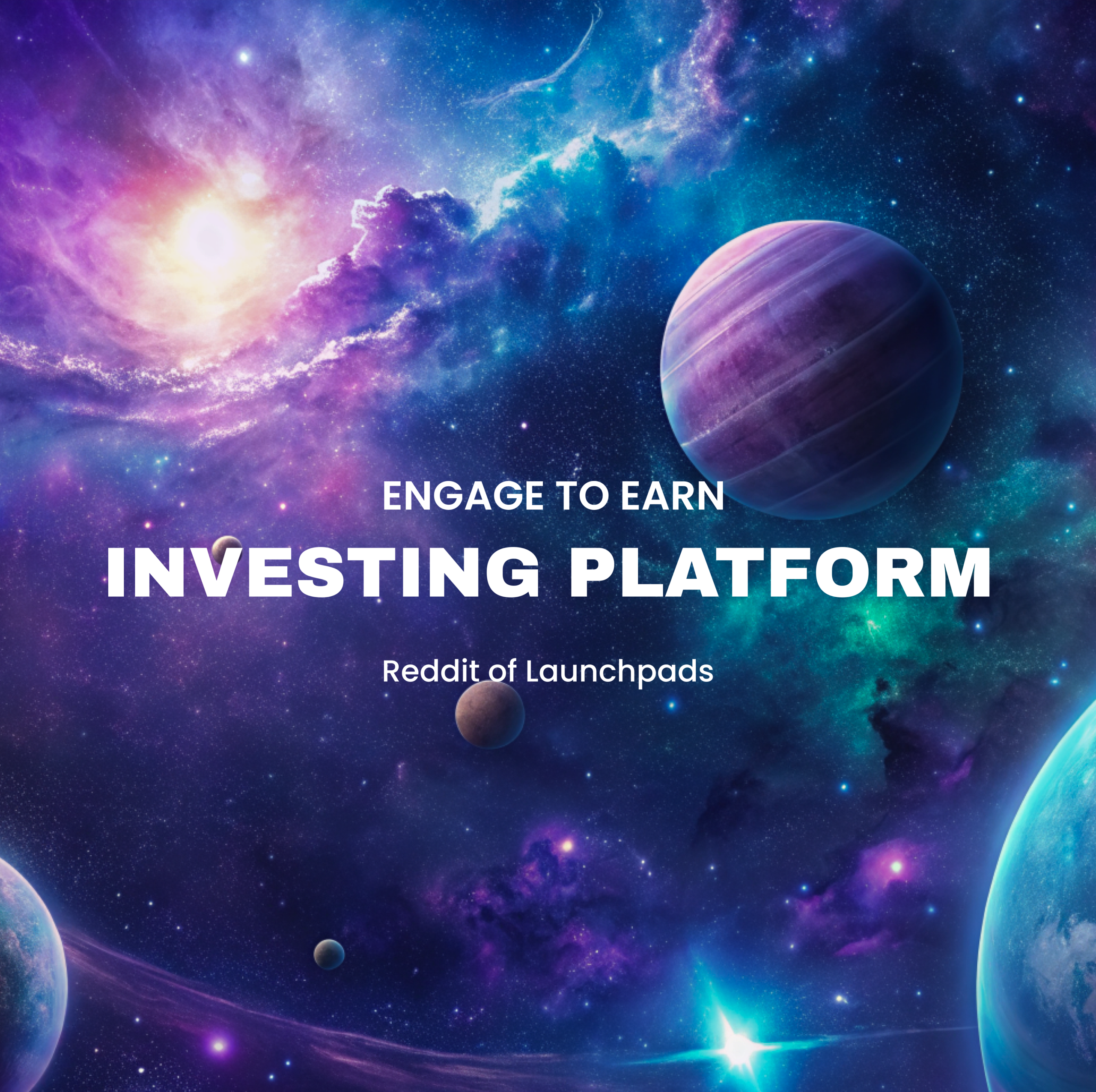

Forums
Talk about anything you want!
Login to get your referral link.
A new Cointelegraph Research report explores the role of Coreum in the adoption of institutional blockchain. He analyzes the technical architecture of the project, the framework of conformity and its potential impact on the tokenization of regulated assets. The report presents information on the efficiency of transactions, safety mechanisms and cross interoperability. It also assesses how Coreum is part of the evolution of the financial landscape.
The adoption of blockchain technology by financial institutions has increased in locking, the value locked in active assets in token (RWA). The latter increased by 85% in 2024.
Our report examines how third -generation blockchains, such as Coreum, are challenges of scalability, regulatory compliance and interoperability. Improving infrastructure on the base layer will lead to more transparent institutional adoption in the future.
Read the full version of the report here for free.
Coreum is structured to cover applications that require predictable transaction costs, regulatory monitoring and transparent integration with financial infrastructure. Network data indicates that Coreum reaches a transaction rate greater than 7,000 TPS and an end time of approximately 1.2 seconds. This positions Coreum well in a crowded and highly competitive layer 1 blockchain landscape.
Coreum incorporates most of its characteristics of conformity in the protocol, a critical factor for institutional adoption. The network includes the monitoring of Onchain Kyc and AML in collaboration with Anchain.ai, a provider of compliance focused on AI.
This is different from conventional blockchains, where compliance tools are third -party software in the application layer. Coreum complies with its foundation with real -time risk assessment and fraud detection.
Our report also analyzes the decentralized Coreum (Dex) exchange infrastructure. While many layer 1 block chains are based on liquidity pools, Coreum has an integrated onchain control book. There are significant differences between models.
The Coreum Dex command book allows a deterministic trade execution with a minimal shift, which makes it well suited to institutional negotiation strategies. On the other hand, DEX based on AMM rely on liquidity pools which sometimes lead to the prices of ineffectiveness and a higher exposure to impermanent loss.
Coreum’s DEX architecture also supports high -frequency trading, with transaction treatment speeds comparable to traditional financial exchanges.
A notable aspect of Coreum Dex is its advanced API, which allows integration with institutional trading systems. The API is designed to provide low latency access to order book data, market execution tools and automated trading strategies.
This infrastructure allows financial companies and market manufacturers to integrate Coreum DEX into their existing commercial workflows. It guarantees compliance with the standards and advantages of the industry for the efficiency of the Blockchain regulations.
Read the full version of the report here for free.
Coreum’s interoperability strategy includes connections with the Ledger XRP (XRPL) and the Cosmos / IBC network. These integrations allow transfers of liquidity and crossed assets, which creates a support for financial applications which require a transparent movement between blockchain ecosystems.
This integration allows institutional users to take advantage of the efficiency of XRPL in payments and the modular interoperability framework of cosmos with more than 100 connected chains. The ability to interact with several networks without sacrificing security or compliance is aligned with institutional requirements for the adoption of blockchain.
Networks designed for institutional adoption will have to meet the challenges of compliance, scalability and interoperability. The technical structure of Coreum and regulatory considerations provide a case study on how blockchain networks can evolve to meet these requirements.
With its deterministic cost structure, its integrated compliance framework and its high -speed trading infrastructure, Coreum represents an example of the way in which third generation blockchains are positioned at the intersection of the crypto and regulated financial markets.
Read the full version of the report here for free
Non-liability clause. This article does not contain investment advice or recommendations. Each investment and negotiation movement involves risks and readers should conduct their own research when they make a decision.
This article is for general information purposes and is not intended to be and must not be considered as legal or investment advice. The points of view, the thoughts and opinions expressed here are the only of the author and do not reflect or do not necessarily represent the opinions and opinions of Cointellegraph.
Cointtelegraph does not approve of the content of this article or any product mentioned here. Readers must do their own research before taking measures related to any product or company mentioned and assume full responsibility for their decisions.
post url: https://altcoin.observer/how-a-7000-tps-blockchain-shapes-the-future-of-regulated-finance/
1
Voice
0
Replies
